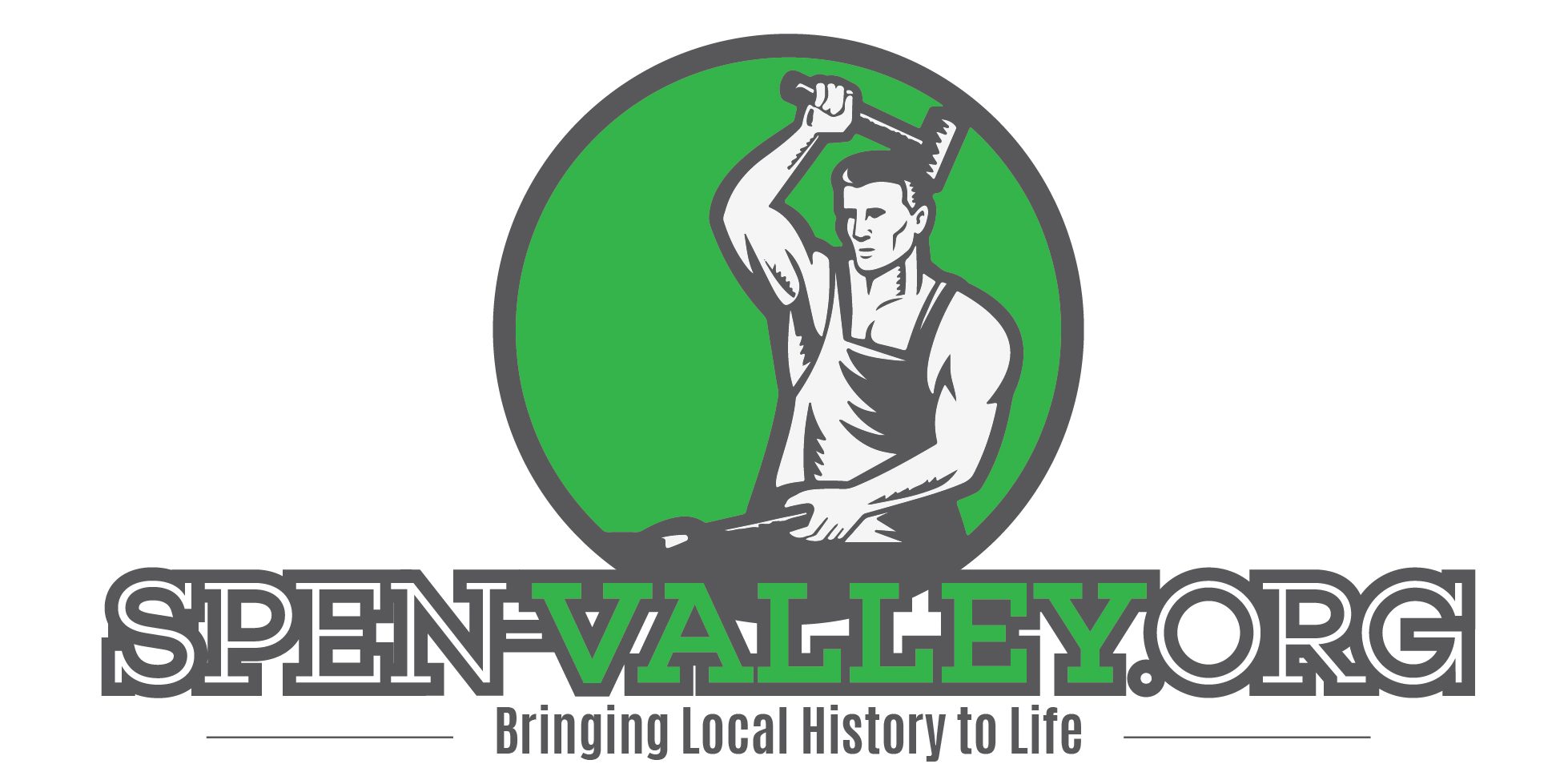Many of Spen Valley’s public houses have a long history. Some mark the centre of medieval settlements such as the Savile Arms, Hunsworth; the Shoulder of Mutton, one in Hightown, the other Gomersal, and the Star at Littletown. Also, the George, previously the Nag’s Head, overlooking Cleckheaton Green. Other inns served people travelling miles to church, for example the Black Bull at Birstall and the Brown Cow (Priory) at Whitechapel Lane.
As long-distance travel became more common, inns grew up along main routes. Some offered rooms and stabling. The Old and New Pack Horse at Hartshead Moor point to the ancient transport of woollen cloth and other goods by donkey and pony.
Turnpike Trusts were established from the 1740s. They improved existing highways and built new sections of road, and charged a fee to travel. So inns such as the Star at Roberttown lost trade when bypassed by a new turnpike (now the A62), while new establishments appeared on the new road e.g. New Yew Tree. The Halfway House at Birkenshaw marks the mid-point of the Leeds and Whitehall (Lightcliffe) turnpike in the 1820s. Similarly the first railway line through the valley, opening from 1847, brought with it pubs and hotels, notably the Railway Hotel in Heckmondwike and the Station, Cleckheaton.
By this time, inn-keeping was a more professional operation. Previously, beer houses were run as a side-line, often by a farmer, or perhaps a blacksmith (like the Bull’s Head, Listing Lane). Or another business worked alongside, as with the Globe Inn at Millbridge, which was also a post office. A substantial haulage firm ran out of the old Yew Tree at Headlands in the early decades of the nineteenth century. The Yew Tree had been a private house until the mid-eighteenth century, becoming an inn due to its prime position from 1765 on the Leeds to Manchester stagecoach route.
Much beer consumed before 1800 was brewed in the home, often as part of a housewife’s duties. It was low in alcohol and served to everyone, including children. The brewing process meant it was less likely than water to be impure. Of the beer sold in pubs, commonly this was brewed on the premises. At the Shears in Hightown, alongside the Wakefield and Halifax turnpike (1740-1), Luddites planned their protests in 1811-12 over pints of the landlord’s own beer.
Increasingly in the nineteenth century, beer came from steam-powered breweries. From 1828 sale was restricted to licensed premises, and then in 1830 a new category, the beerhouse, was created, resulting in a great increase in pubs.
Several local maltings prepared barley for brewing. One on Westgate, Cleckheaton, gave its name to the Malt Shovel. Heckmondwike’s Springwell Brewery, established in 1867 in Church Street, soon had 46 pubs of its own. Fentimans botanical brewery (which made soft drinks) had its origins in Cleckheaton in 1905. Spen Valley Brewery was founded in 1816 but only had three pubs including Gomersal’s Wheatsheaf.
By the 1860s, brewers were buying up pubs and building more of their own. Licensing laws during the First World War restricted drinking hours, and the 1920s were difficult times for smaller breweries. Springwell sold out to Hammonds in 1929, and closed. By the 1960s regional brewers like Whitaker, Ramsden and Bentley had fallen victim to larger competitors which flooded the trade with keg beer and lager.
Although many pubs have closed several new ones have opened, majoring on eating out. Some working men’s clubs have also become pubs such as the Hartshead and Six Lanes End at Stubley.
Spen Valley (at the time of publication) has a new brewer – Mill Valley – which began in South Parade but is now located in the former Heights WMC in Hightown.
Cheers.






